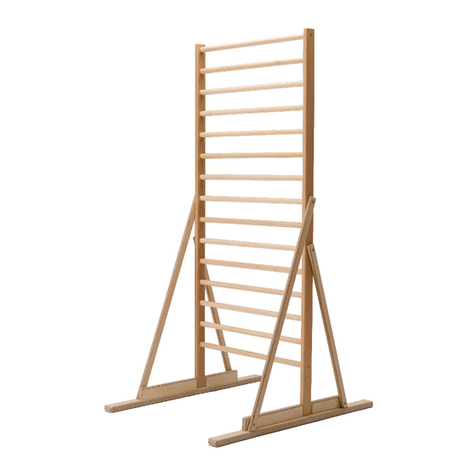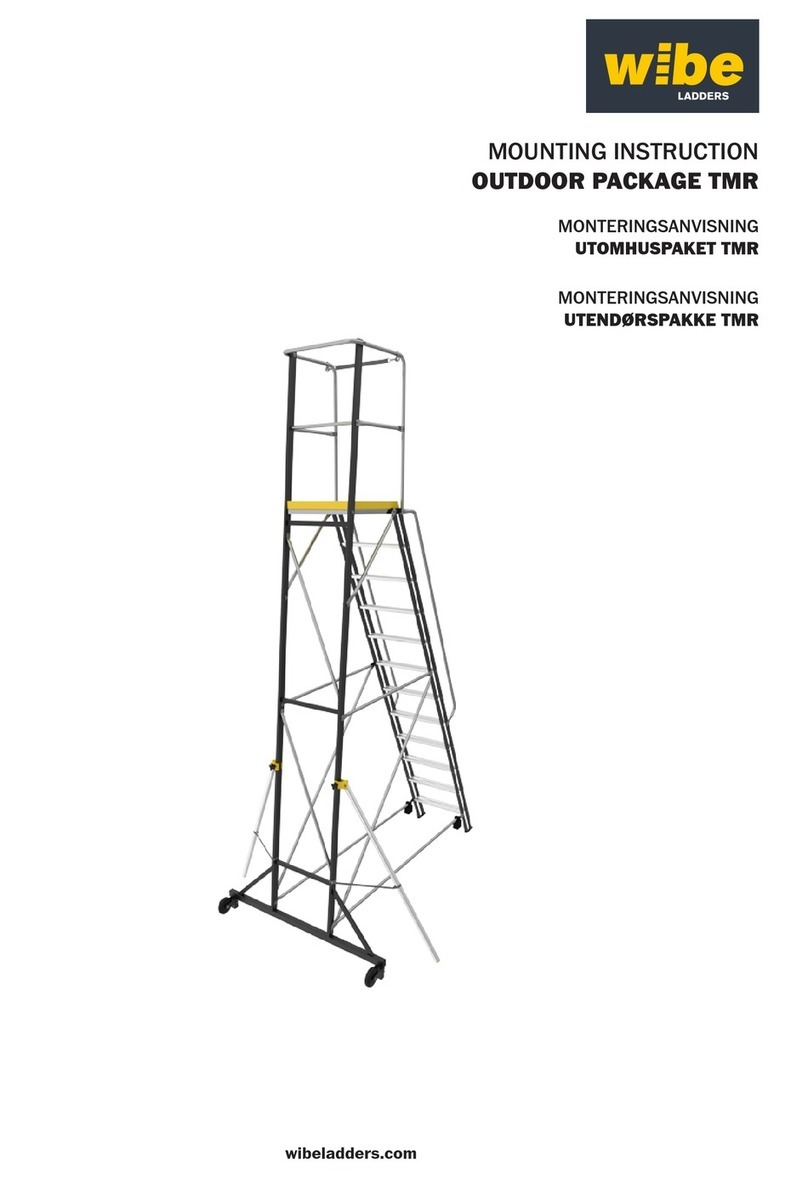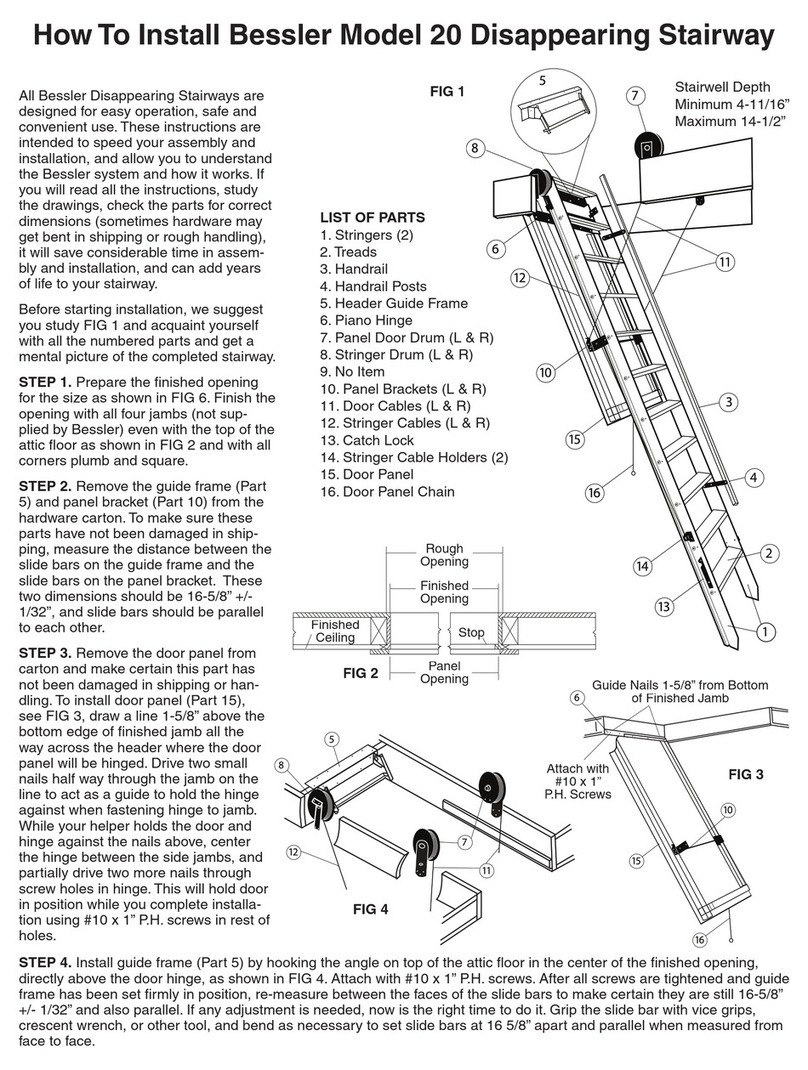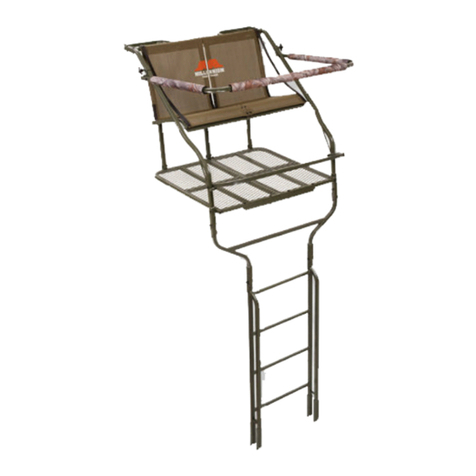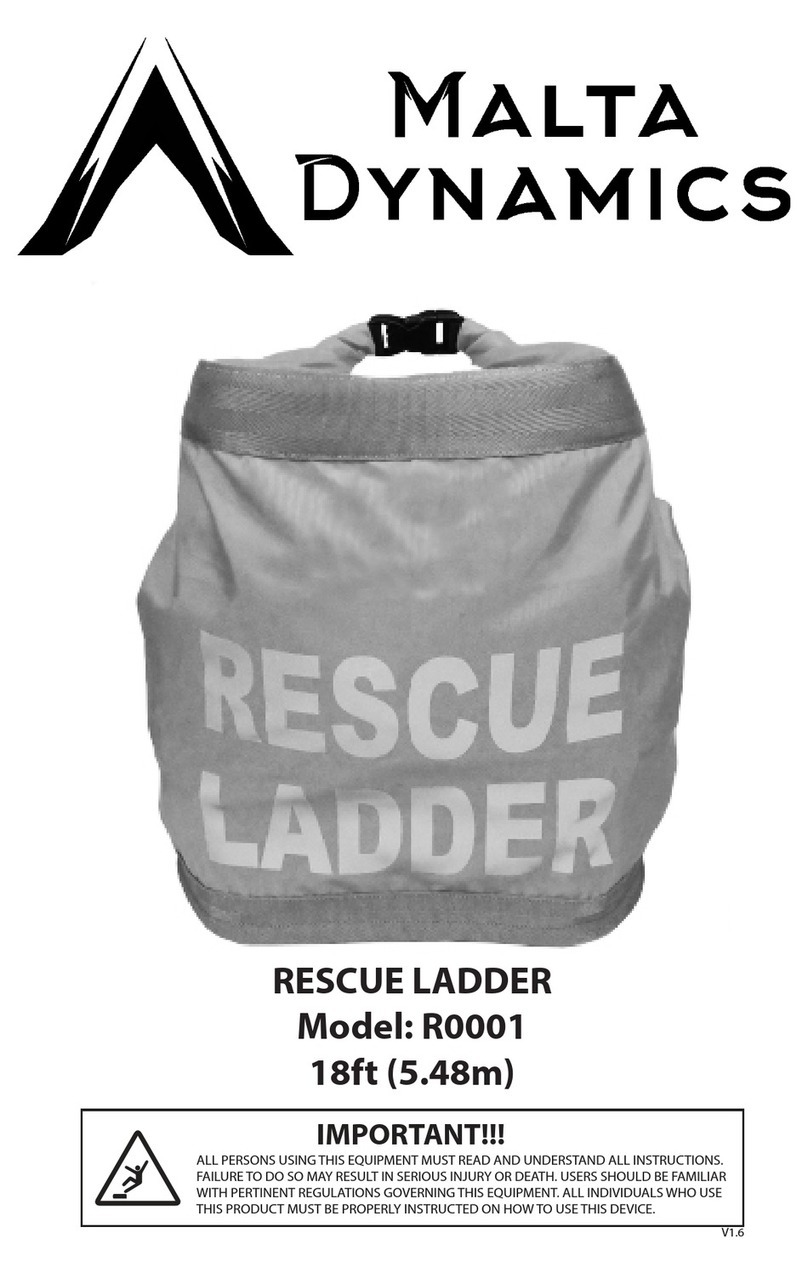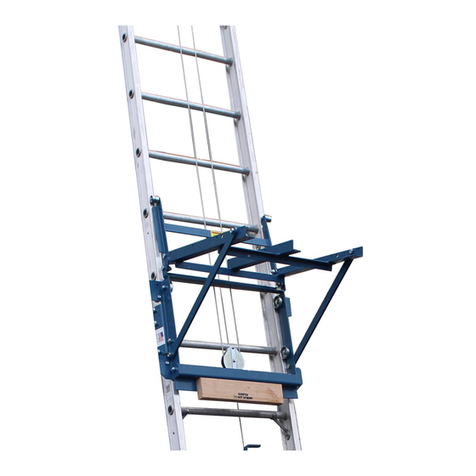KRAUSE 1103 Series User manual
Other KRAUSE Ladder manuals
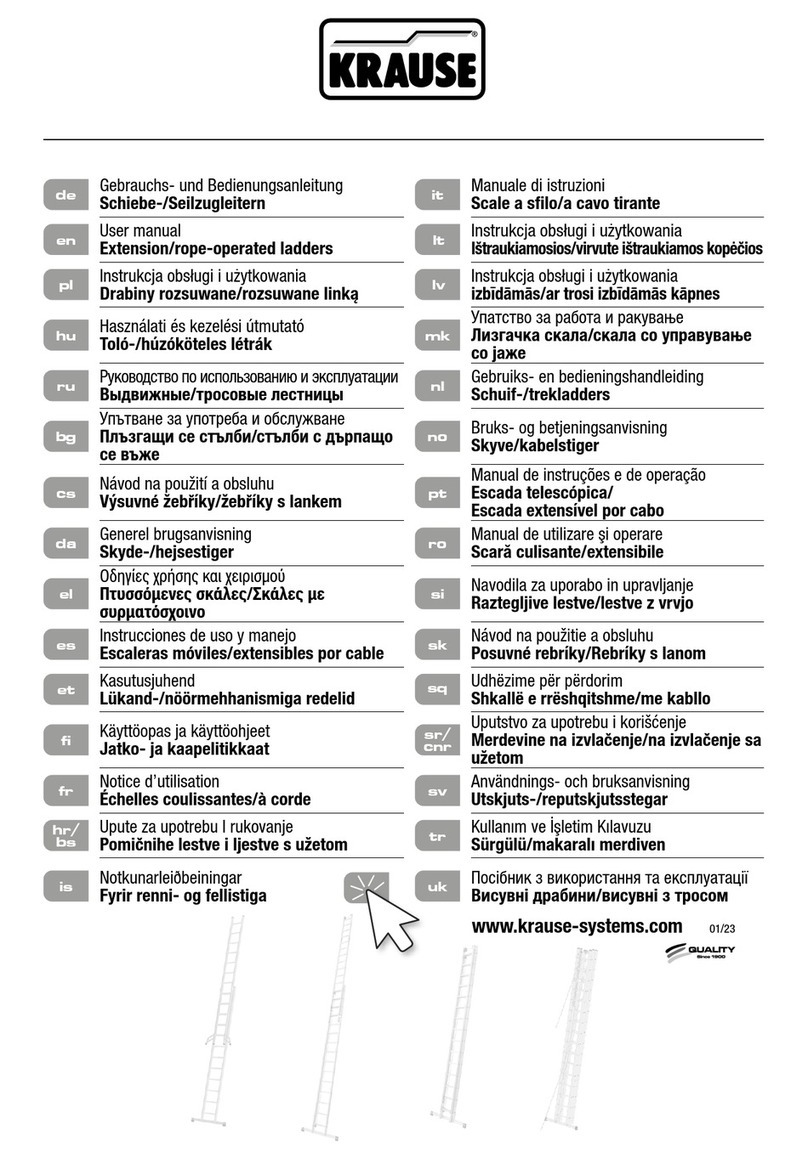
KRAUSE
KRAUSE Monto 129871 User manual
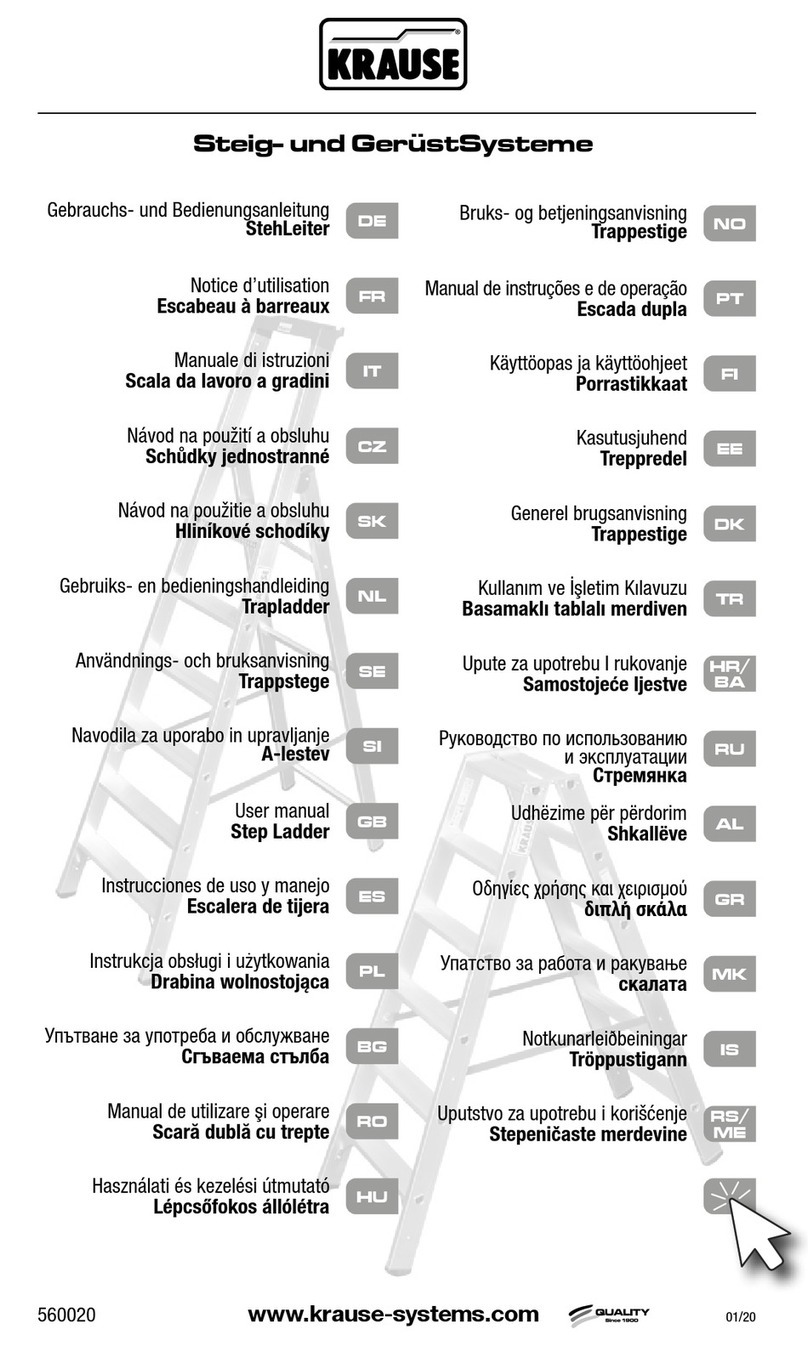
KRAUSE
KRAUSE 1101 Series User manual
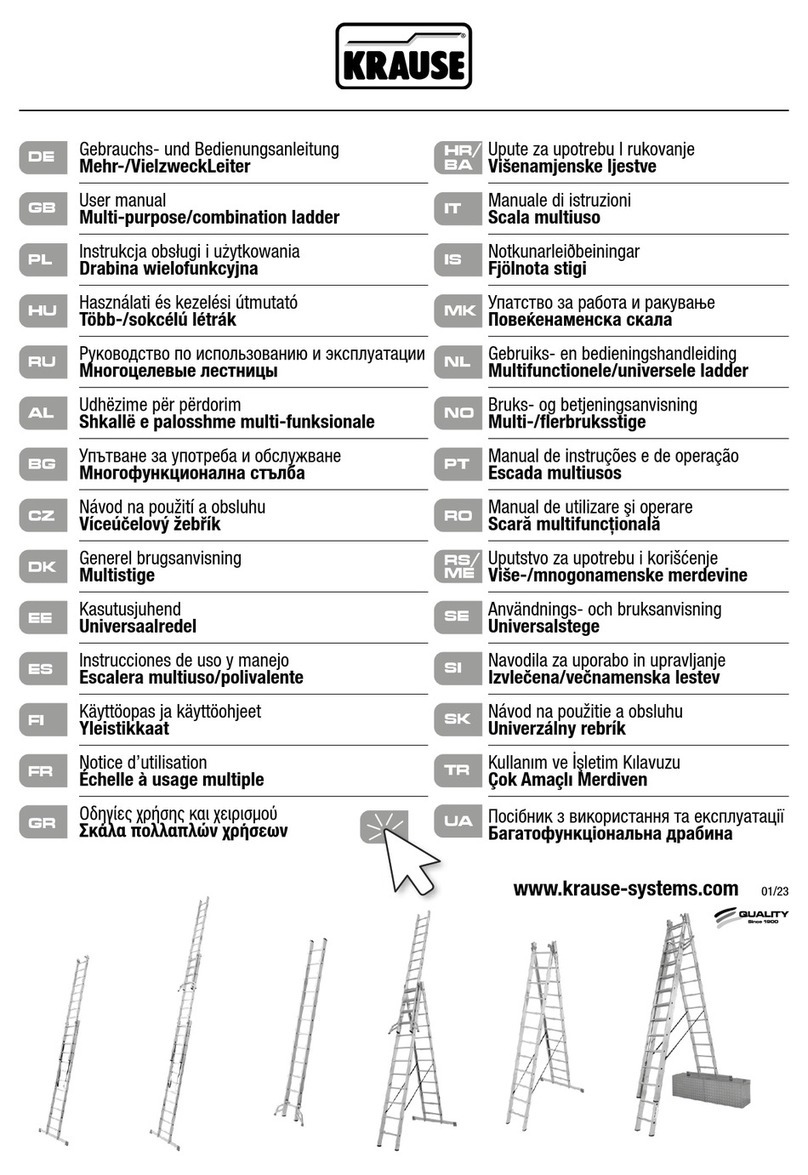
KRAUSE
KRAUSE 1212 User manual
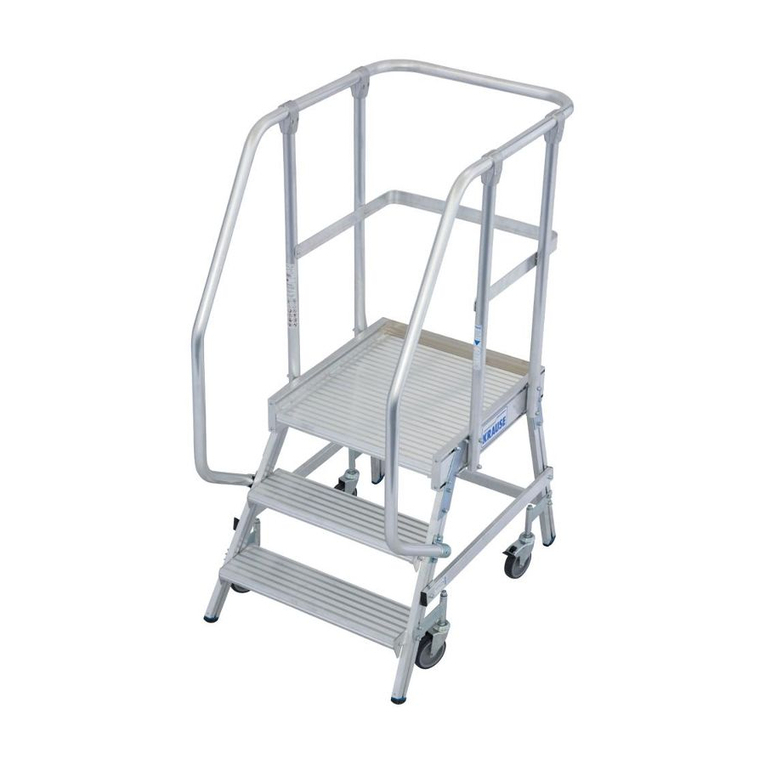
KRAUSE
KRAUSE 820136 Installation instructions
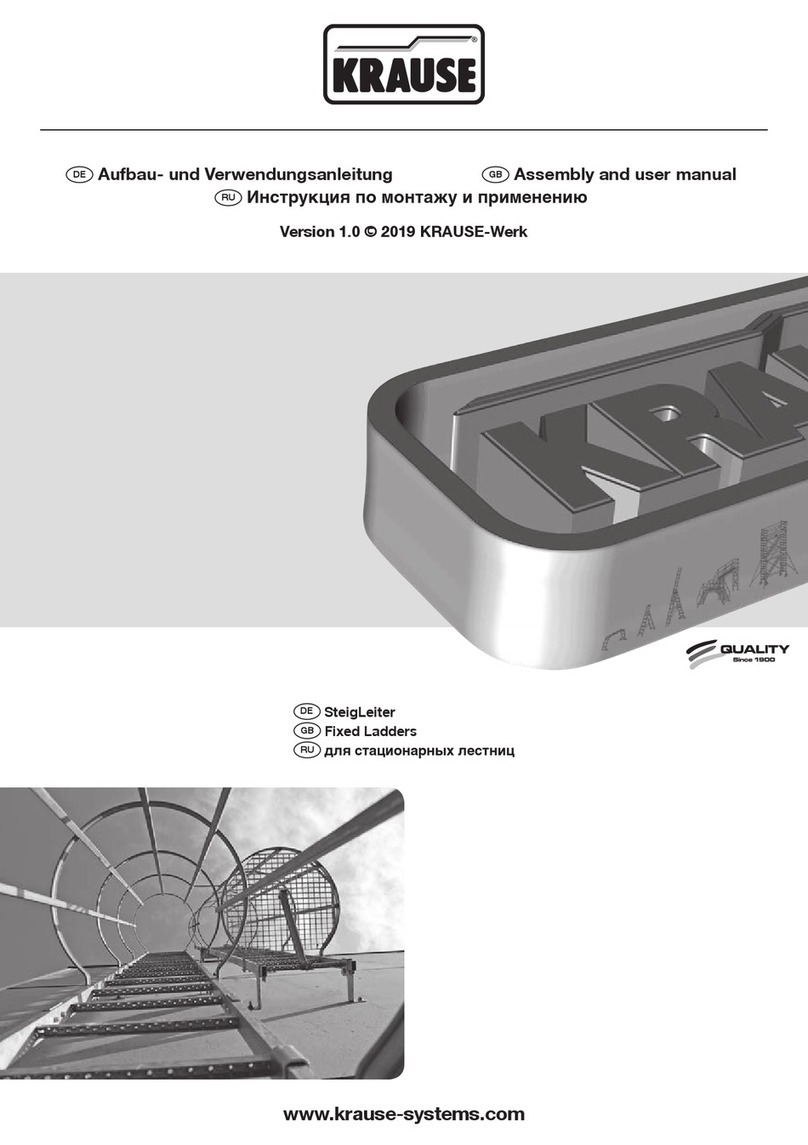
KRAUSE
KRAUSE 835239 Use and care manual
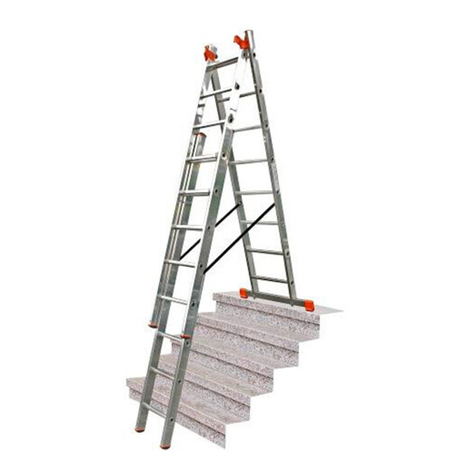
KRAUSE
KRAUSE 1212 User manual
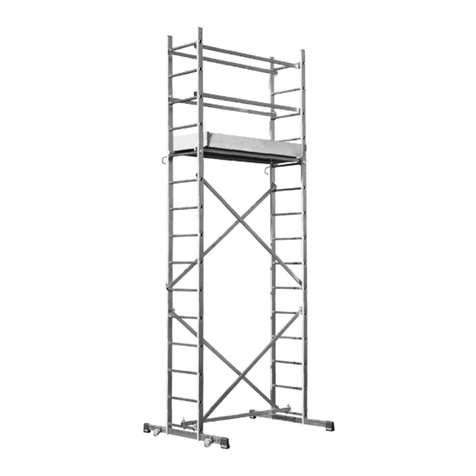
KRAUSE
KRAUSE 916105 Operator's manual
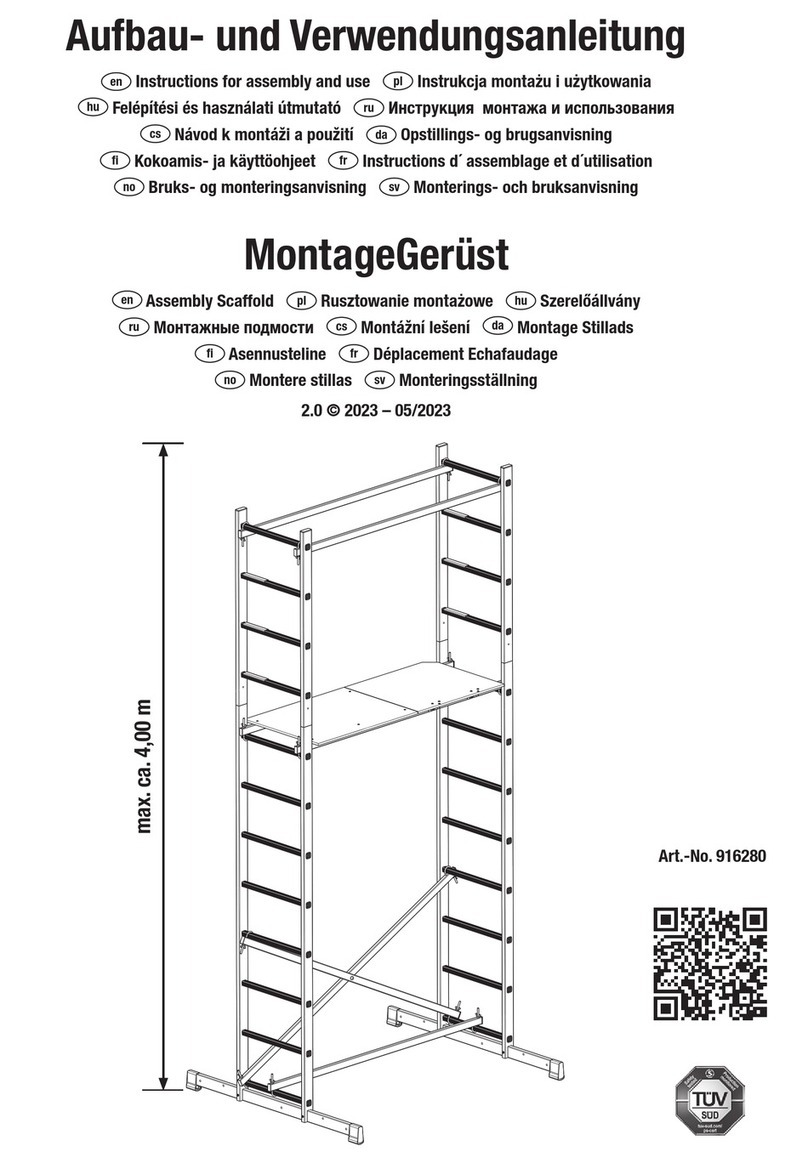
KRAUSE
KRAUSE CORDA 916280 Operator's manual

KRAUSE
KRAUSE Vario 833006 Installation instructions
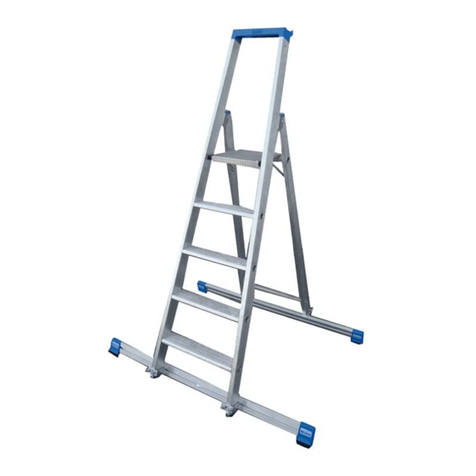
KRAUSE
KRAUSE 212252 User manual
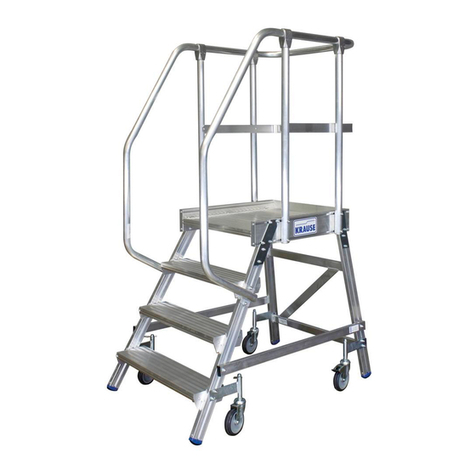
KRAUSE
KRAUSE 820143 User manual

KRAUSE
KRAUSE 820136 Installation instructions
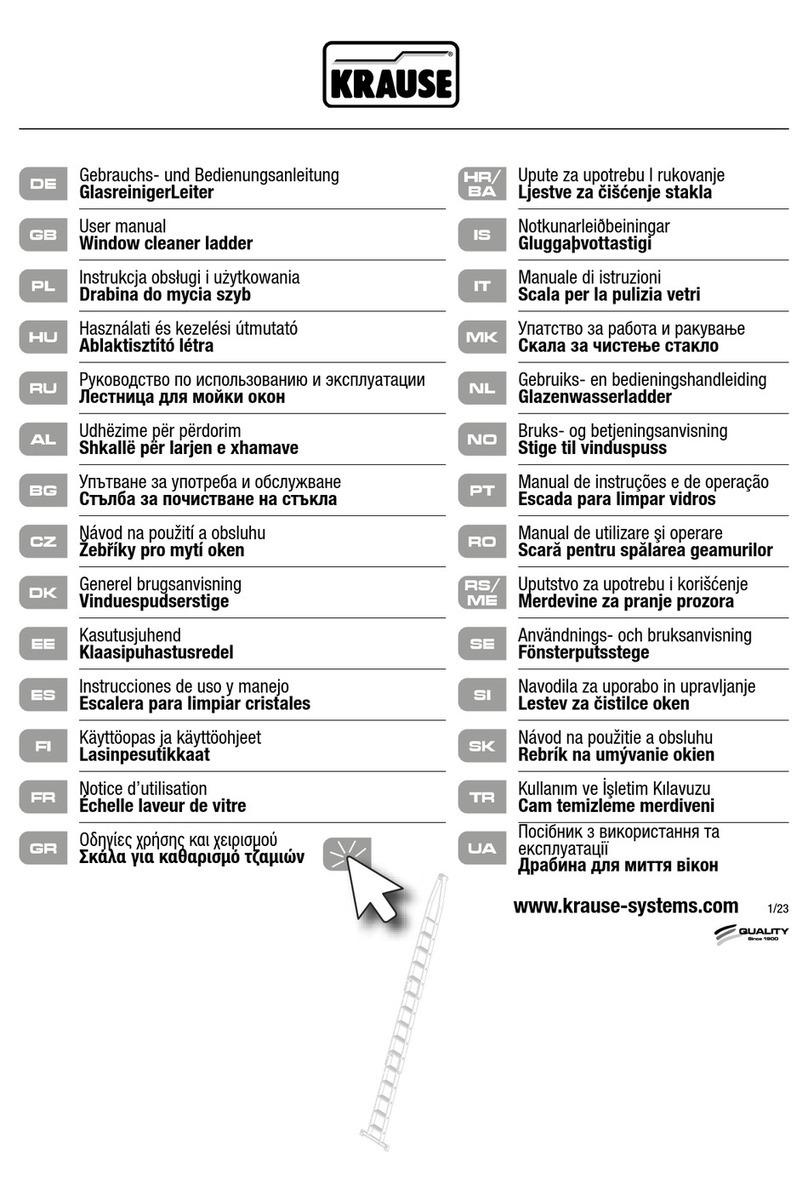
KRAUSE
KRAUSE 842305 User manual
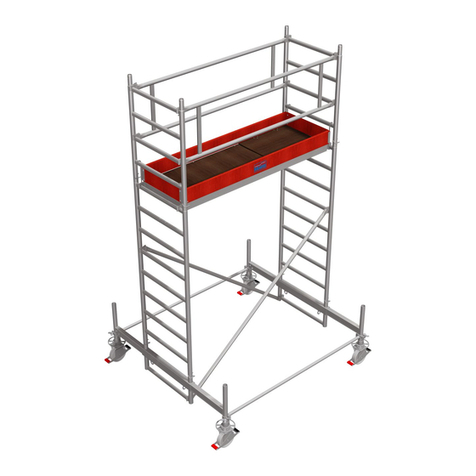
KRAUSE
KRAUSE STABILO Professional Series Assembly instructions
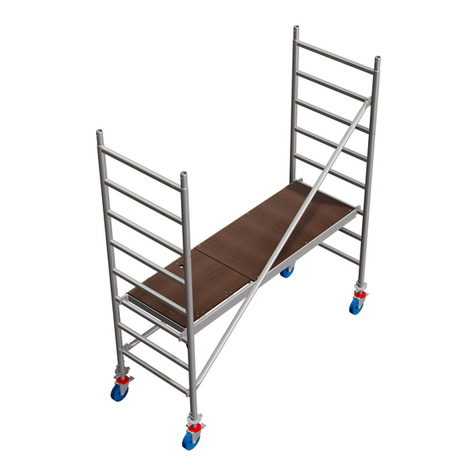
KRAUSE
KRAUSE STABILO 10 Series Assembly instructions
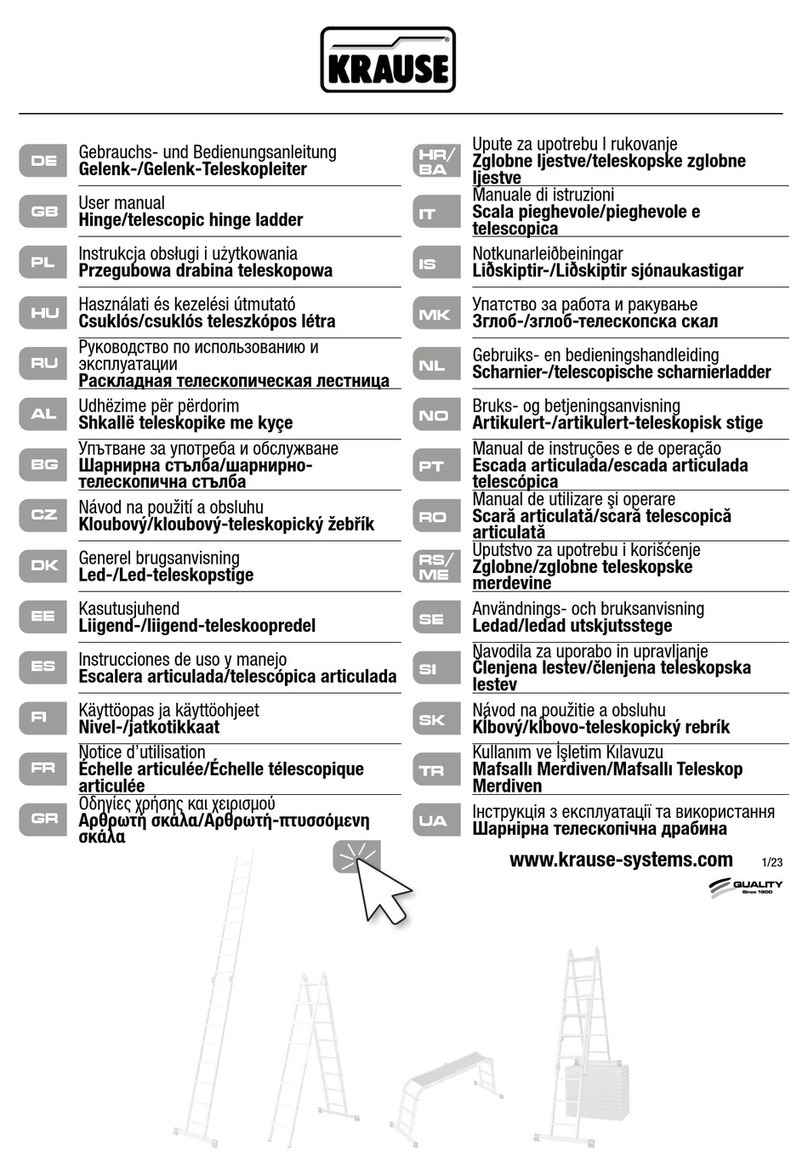
KRAUSE
KRAUSE STABILO Professional 133922 User manual
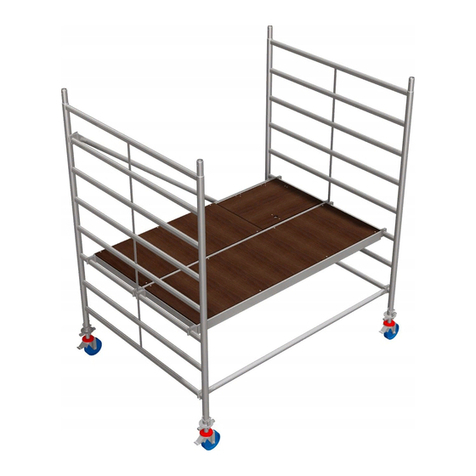
KRAUSE
KRAUSE 50 Series Assembly instructions
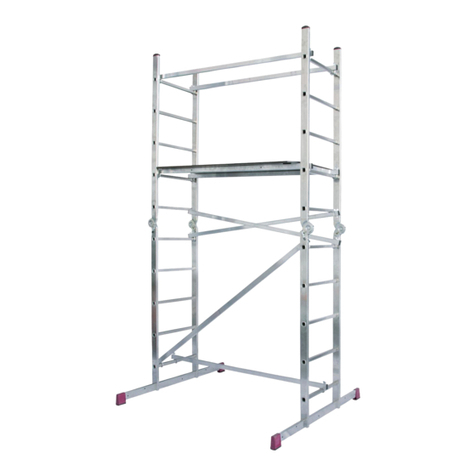
KRAUSE
KRAUSE 916341 Operator's manual
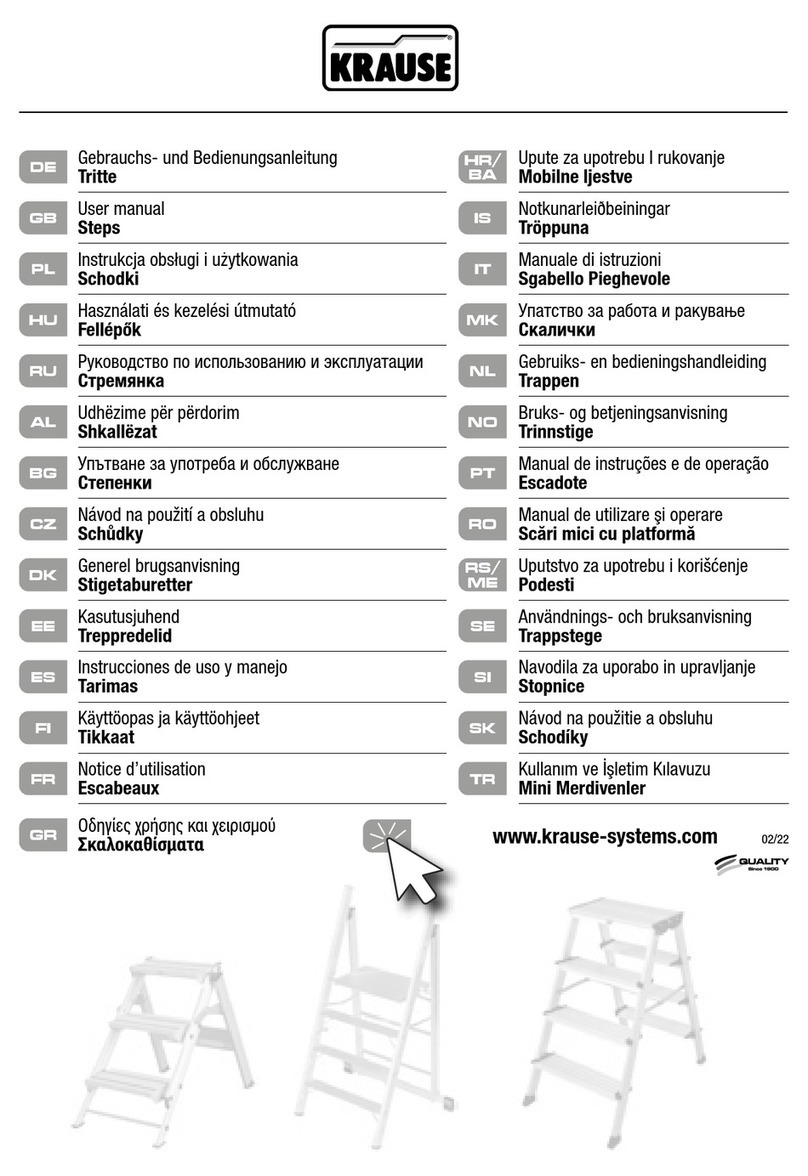
KRAUSE
KRAUSE 3106 User manual

KRAUSE
KRAUSE 3106 User manual
Popular Ladder manuals by other brands

TUBESCA-COMABI
TUBESCA-COMABI 02271 105 à 115 operating manual
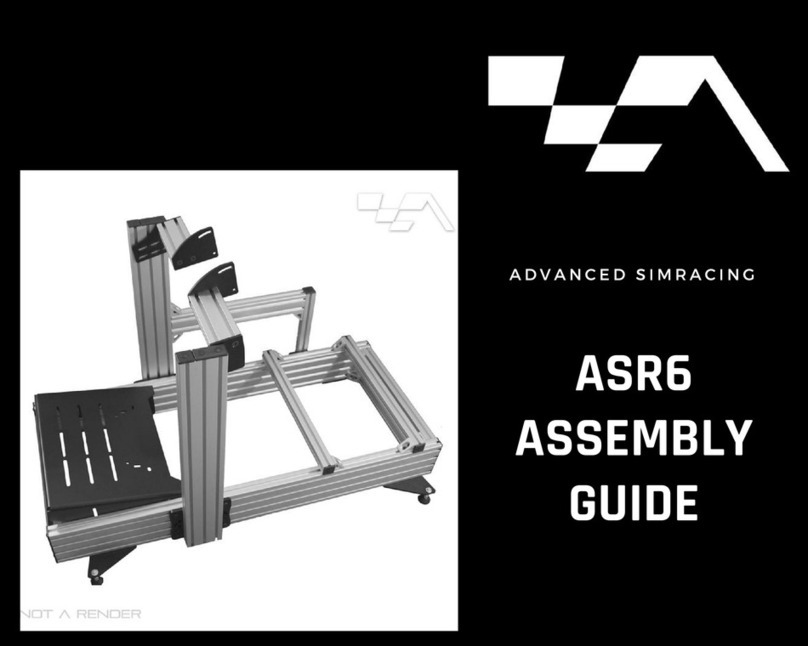
ADVANCED SIMRACING
ADVANCED SIMRACING ASR6 Assembly guide

Tractel
Tractel skysafe Assembly and operating manual
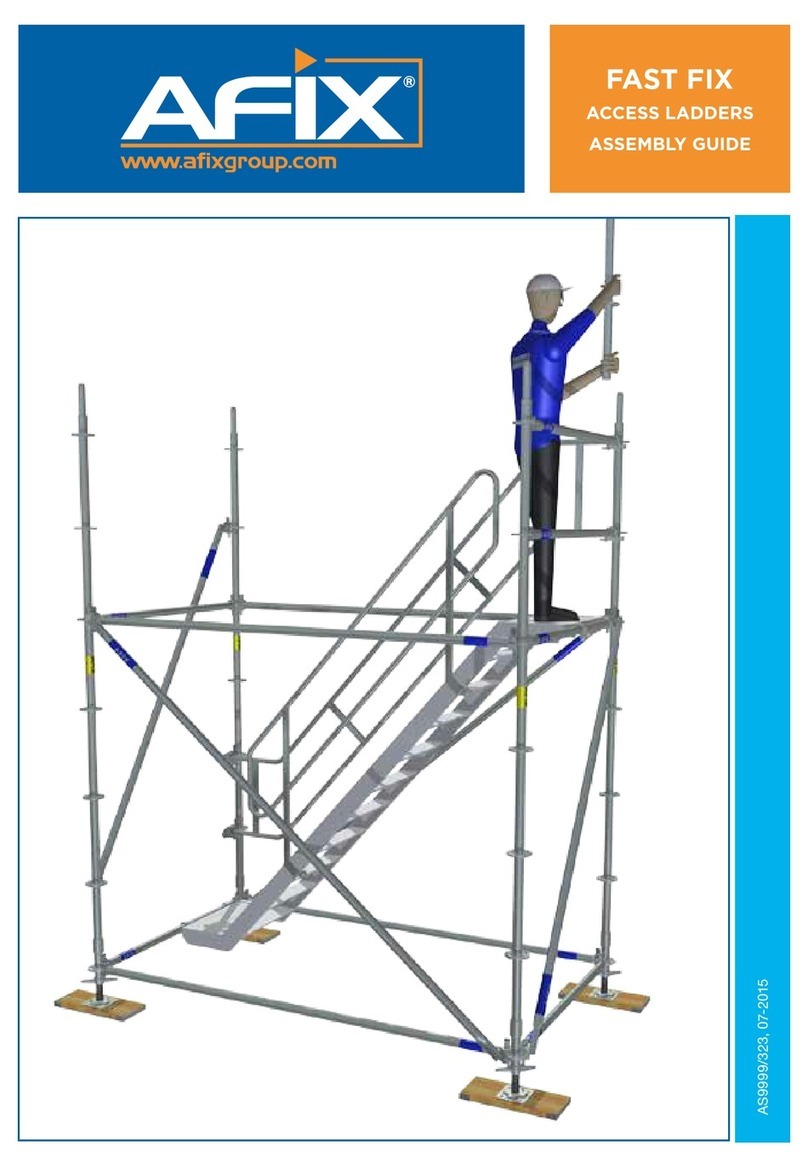
AFIX
AFIX FAST FIX Assembly guide
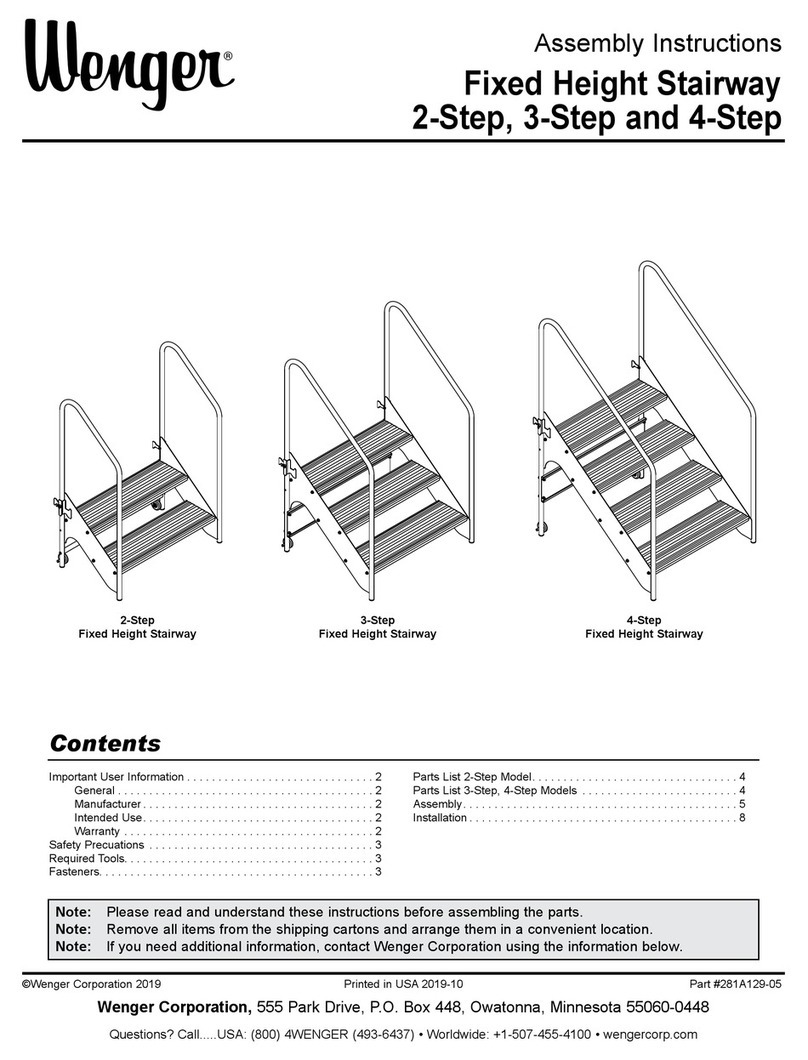
Wenger
Wenger Fixed Height Stairway 2-Step Assembly instructions

FACAL
FACAL Euro Stilo Use and maintenance handbook
